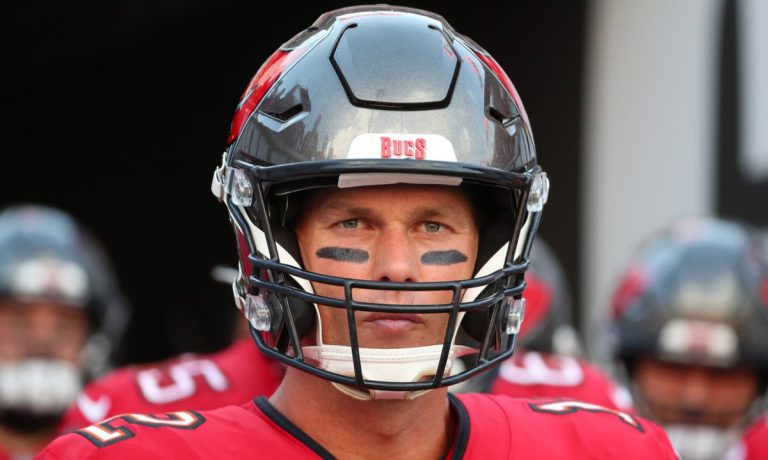Today in Retail: Tom Brady, Nordstrom Team on Clothing Brand; Lego Builds Store of the Future

Today in retail, Tom Brady and Nordstrom are teaming up on apparel, while Lego looks to the future with its new store concept. Plus, retailers are navigating the ever-increasing glut of returns.
Nordstrom Hopes to Score With Tom Brady-Themed Apparel
Football player Tom Brady and Nordstrom are partnering on the launch of the seven-time Super Bowl champion’s namesake apparel brand, BRADY. Customers will only be able to get the merchandise in Nordstrom’s stores and on its website. The line will be sold at stores in New York City, Los Angeles, Tampa and Natick, Massachusetts. It features a line of high-performance outerwear, T-shirts, tank tops, pants and shorts, as well as clothing deigned for everyday life, including utility jackets and pants, ponte hoodies and sweatshirts.
Lego Brings ‘Store of the Future’ to NYC, Barcelona
Danish toy maker Lego has partnered with commerce and communications agency TracyLocke on what it’s calling the Store of the Future, a global retail concept aimed at putting creativity and imagination at the forefront of the shopping experience. TracyLocke said the global campaign has a local strategy that appeals to tourists but speaks directly to residents in New York City and Barcelona, homes of the first two Stores of the Future. A third location is slated to open in Chengdu, China, next month, and the firms said there will be additional locations.
New Tech to Help P&G Embrace ‘Constructive Disruption’ as Inflation Drives Prices Higher
Procter & Gamble will employ additional price increases as consumers tolerate cost increases better than they have in similar inflationary periods in the past. Half of P&G’s 6% increase in revenue last quarter came from price increases, with the balance coming from increased volume of products sold. The 185-year-old company also expects pricing will be a larger contributor to sales growth in the second half of the fiscal year.
Retailers Test Discounting, No-Return Policies to Keep Goods With Consumers
The surge of post-holiday returns is not a new thing, but the scale of the process and problem is unprecedented, as increased eCommerce use has brought this challenging by-product. Some retailers simply tell customers to keep their unwanted purchases as the expense of shipping, processing, inspecting and restocking goods is greater than the cost of the item itself. But many retailers are incentivized to find “the number” in terms of a percentage discount that it will take to have customers change their minds and agree to keep an item they planned on returning. The same tactics are being attempted on clearance items.